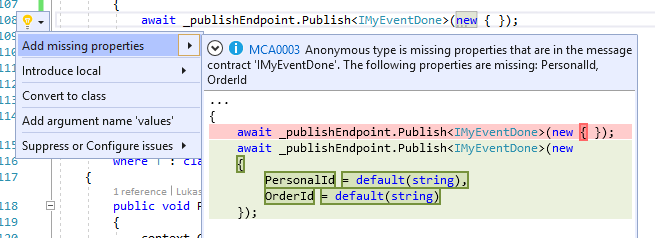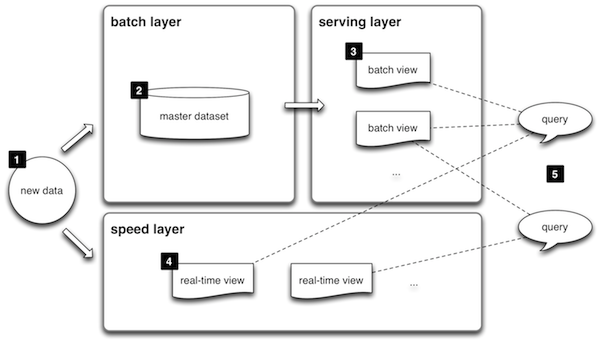A note about complexity
I came across this very interesting reading about complexity: https://iveybusinessjournal.com/publication/coping-with-complexity/
What was the most useful advice that I've found there was the idea of improvisation. So far in the context of professional work I had rather negative connotation of improvisation. I've seen it as a way of hiding lack of preparation or knowledge that was rather degrading expected quality.
But I was wrong. Improvisation turns out to be a great tool that anyone can start using relatively easy to deal with complexity. The inspiration is taken from theater improvisation and music jam sessions where the play is based on "yes, and..." rule.
Basically the rule says that whoever enters the show, has to build his part based on what others have already said or played. Not trying to negate or start something irrelevant. Participants are expected to continue and extend the plot that was already created.
I find this rule very useful when working on the complex projects. I can recall many situations in projects when there seem to be so many options with so much uncertainty that it seemed impossible to progress in the right direction. Those situations can be unblocked by improvisation, where we are allowed to progress based on knowledge that is limited. And in VUCA world we all have limited understanding about any subject that is non-trivial. The key is to identify the minimum set of facts required to progress and create progress based on your own expertise on top of what was already created. The facts from which to start, are identified by the skill of listening to others, not focusing solely on your own part.
The rule of not negating others work is the key factor here. You are allowed to suggest turns into left or right but it should still be a progress of the same journey. We should not start from a completely new point on our own, as it creates even more VUCA.
By using this method we can progress even when we are not sure where to go (like in machine learning). We can use joint force to explore and move faster. While we move on, we will make mistakes but also crate chances for victories. Moving on is the key. Staying in palce paralyzed by hard decision is something that may kill the project. And negating or ignoring what was already said and done, does not create progress.
In VUCA world, being certain that we are on the optimal path is impossible. What is possible, is exploration. If we are focused and making every small step based on competent knowledge, then we can expect that partial results will be achieved on daily basis and eventually also bigger goals are very likely to be met. Probably in a way that was not initially expected.

